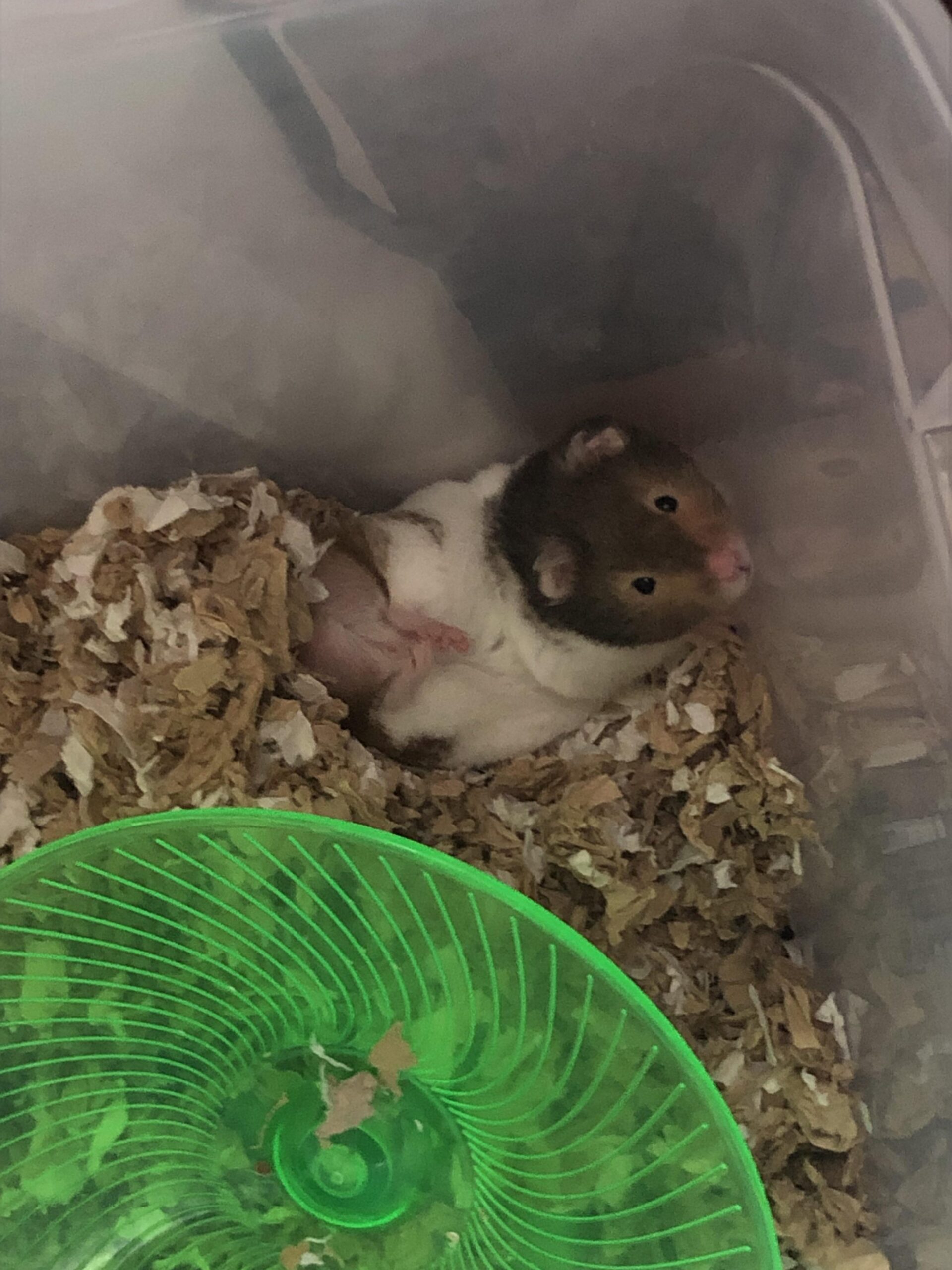Hamster Enclosure Ventilation Tips
When it comes to creating a suitable habitat for your hamster, ventilation is a crucial factor that often gets overlooked. Good ventilation helps to prevent the buildup of harmful gases and maintains a fresh atmosphere in your hamster’s enclosure. In this article, we will explore various tips and strategies to ensure proper understanding of hamster enclosure ventilation, enhancing your pet’s health and comfort.
Importance of Proper Ventilation in Hamster Enclosures
Understanding the **importance** of proper ventilation in your hamster’s enclosure is vital for their overall well-being. Hamsters thrive in environments with described air circulation, which prevents stagnation that can trap moisture, ammonia, and other harmful substances. A poorly ventilated cage can lead to respiratory illnesses and other serious health issues for your hamster.
Creating Airflow
One effective way to foster airflow in your hamster’s home is by utilizing a multi-level enclosure. These setups can promote vertical space, allowing for strategic placement of **ventilation gaps**. In addition, choose a cage with a wire mesh top to enhance **ventilation** while preventing small animals from escaping. Always ensure there’s enough distance between the base and the lid to let fresh air flow into the enclosure.

Monitor Humidity Levels
Maintaining the right humidity level in your hamster’s habitat is equally important for optimal health. Humidity should generally be kept between 30% and 70%. Too much humidity can create a damp environment that may cause bacteria and mold growth. You can monitor humidity through a simple hygrometer. If you notice elevated levels, consider adding a small fan to aid air circulation and help regulate **humidity levels**.
Materials and Design for Optimal Ventilation
Choosing the right materials for your hamster enclosure can significantly impact its ventilation. Make sure the cage allows for adequate air circulation while providing safety. Materials like **wire mesh** or breathable plastic can keep airflow intact. Additionally, consider the enclosure’s design, ensuring there are enough ventilation holes, usually placed on the top and sides, to promote air movement seamlessly throughout.
Utilizing Vented Enclosures
Vented enclosures are specially designed with integrated ventilation systems, featuring plenty of holes or mesh panels that allow unrestricted airflow. These types of cages make an excellent option for hamster owners. When selecting a vented enclosure, always check that it’s large enough for your hamster to move around comfortably, thus preventing **stress-induced behaviors**.
Placement of the Enclosure
Another often overlooked aspect is the placement of the hamster enclosure. Positioning your hamster’s cage in a space with circulating air, away from direct sunlight, ensures that fresh air can continuously flow through it. Avoid placing the cage next to heaters or air conditioning vents, as extreme temperature shifts can lead to health complications for your pet.
Additional Ventilation Tips
Beyond choosing the right materials and design, there are simple actions you can take to improve ventilation. Regular cleaning of your hamster’s setup is crucial in maintaining a healthy atmosphere. Frequent spot cleaning and scheduling deeper cleans can directly impact the **quality of air** in the enclosure.
Seasonal Adjustments
Consider seasonal adjustments in ventilation based on temperature and humidity changes during the year. During winter, you might need to ensure minimal airflow if the central heating creates a dry environment. Conversely, in warmer months, increased ventilation can help keep the environment cool for your hamster. Adding extra ventilation during hot days may be crucial in preventing heat stress.
Key Takeaways
- Proper ventilation is crucial for hamster health.
- Utilizing multi-level cages enhances air circulation.
- Material choice influences ventilation efficiency.
- Monitor humidity and air quality regularly.
- Regular cleaning helps maintain airflow and reduce odors.
FAQ
1. How often should I clean my hamster’s enclosure for optimal ventilation?
Regular weekly cleaning and daily spot checks can significantly enhance ventilation and air quality in your hamster’s enclosure. Deep cleaning twice a month is advisable to ensure all surfaces are fresh and free of waste buildup.
2. Can I use an air purifier near my hamster enclosure?
Using an **air purifier** can be beneficial, but it’s essential to ensure it’s not blowing directly on the enclosure. Maintain a balance where the air quality improves without causing extreme drafts that may stress your pet.
3. Are certain types of bedding better for ventilation?
Yes! Bedding made from **aspen or paper-based materials** tends to facilitate better air circulation than compressed bedding types. Ensure the bedding selected is also safe and non-toxic for your pet.
4. What should I do if my hamster exhibits respiratory issues?
If you notice signs of respiratory distress such as wheezing or sneezing, it’s crucial to assess the enclosure’s ventilation first. Consult with an experienced veterinarian for tailored advice, as improving airflow can sometimes alleviate mild symptoms.
5. Does my hamster need light in its cage?
While hamsters are generally nocturnal and do not require continuous lighting, it’s essential to provide periods of **daylight exposure** for at least 12-14 hours a day in a gentle manner. Avoid direct sunlight to preserve both ventilation and maintain a comfortable temperature.
